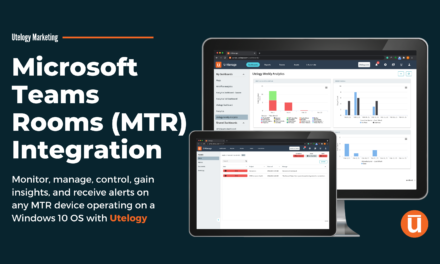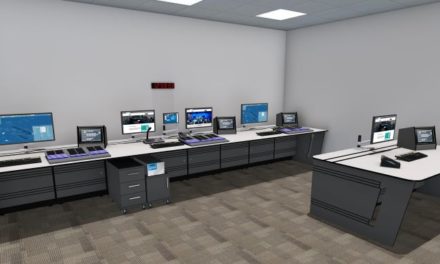In an era where digital transformation is not just an option but a necessity, the media industry stands at the forefront of adopting innovative technologies to stay competitive and relevant. Among the myriad of advancements, Network-as-a-Service (NaaS) emerges as a pivotal solution, offering unparalleled advantages to organizations striving for efficiency, scalability, and cost-effectiveness in their network infrastructure.
The Rise of Network-as-a-Service
NaaS is not just a technology; it’s a paradigm shift in how network services are delivered and managed. By leveraging cloud computing’s power, NaaS offers a highly flexible, scalable, and efficient alternative to traditional, hardware-based networking solutions. For the media industry, which demands rapid adaptability and seamless content delivery across the globe, the benefits of NaaS are particularly compelling.
Flexibility and Customization at Its Core
One of the standout features of NaaS is its inherent flexibility. Media companies can tailor their network services to meet specific needs without the cumbersome process of modifying physical hardware. This agility is crucial for an industry that frequently adjusts its operations to cater to varying content volumes, viewer demands, and global events.
Unmatched Scalability
The scalability of NaaS is another game-changer for the media sector. As audiences grow and consumption patterns evolve, media organizations can effortlessly expand their network capabilities through NaaS without the traditional hurdles of purchasing and installing additional hardware. This ability to scale on demand ensures that media companies can consistently deliver high-quality content without interruption or delay.
Accessibility: A Global Network Reach
With NaaS, the promise of accessing network services from anywhere, on any device, becomes a reality. This level of accessibility is indispensable for media companies operating in a global landscape. Journalists, editors, and production teams can collaborate seamlessly, regardless of their physical location, enhancing productivity and content quality.
The End of Maintenance Worries
By shifting the responsibility of network maintenance to service providers like Black Box, media organizations can redirect their focus towards strategic initiatives, content creation, and market expansion. The comprehensive management of software and hardware upgrades, incident and performance management by Black Box means that media companies can enjoy a hassle-free network environment, devoid of unexpected downtimes or maintenance issues.
Integrated Security: A Top Priority
In the digital age, security is paramount, especially for the media industry, which handles sensitive content and data daily. NaaS offers the advantage of integrated security services, ensuring a robust and secure network that protects against cyber threats. This integration facilitates a safer environment for storing, managing, and distributing content, giving media companies peace of mind.
Cost Efficiency: Transforming Expenses
The financial benefits of NaaS cannot be overstated. Transitioning to a cloud-based network model allows media organizations to move away from capital-intensive hardware investments to an Operational Expense (OpEx) model. This shift not only lowers entry barriers for smaller companies but also offers predictability in budgeting, with all-inclusive monthly fees covering maintenance and management costs.
Conclusion
For the media industry, embracing Network-as-a-Service is not just about upgrading technology; it’s about transforming operational capabilities to thrive in a digital-first world. NaaS offers media companies the flexibility, scalability, accessibility, and security they need to navigate the complexities of today’s media landscape efficiently and cost-effectively. As the industry continues to evolve, NaaS stands out as a critical enabler for media companies aiming to achieve operational excellence and deliver exceptional content to audiences worldwide.




